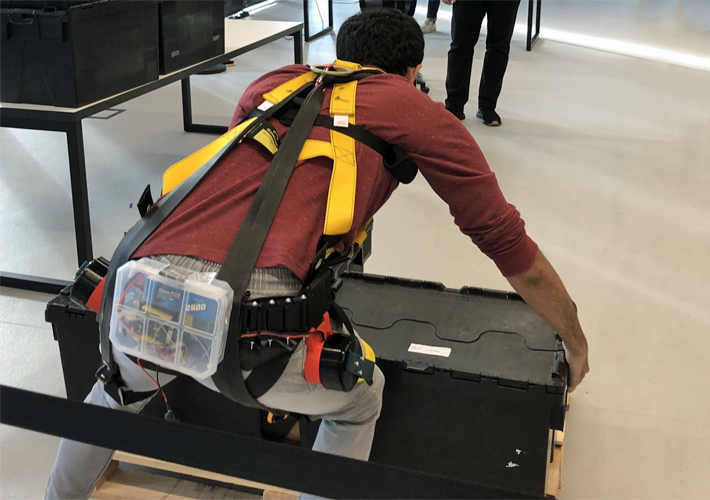
New Standard for Use of Exoskeletons for Return-to-Work
ASTM International’s exoskeletons and exosuits committee (F48) has approved a new standard that will help determine how exoskeletons can assist workers returning to work after an injury or illness.
The new standard (F3579) will discuss the potential benefits and risks of exoskeletons when used by workers during the return-to-work (RTW) process, and provide guidance to anyone considering exoskeleton use during a modified/transitional duty period at work.
ASTM member Matthew Marino notes that exoskeletons can possibly provide relief, support, and assistance to recovering workers who are working with restrictions from doctors while returning to full duty at work.
“More and more companies are learning what it takes for their exoskeleton implementation programs to sustain adoption and realize the benefits, and this new standard provides companies with important guidelines for designing programs, building teams, communicating, and managing exoskeleton use by recovering workers during their RTW process,” says Marino, owner, Prime Performance.
Marino notes that, since F3579 is a new standard, the F48 committee will be interested in stories, data, and case studies from those who have used the standard. Users are encouraged to join the committee to share suggestions for future revisions to the standard, as well as to contribute to the development of future exoskeleton standards.
United Nations Sustainable Development Goals addressed:

 SN Home
SN Home Archive
Archive Advertisers
Advertisers Masthead
Masthead RateCard
RateCard Subscribe
Subscribe Email Editor
Email Editor